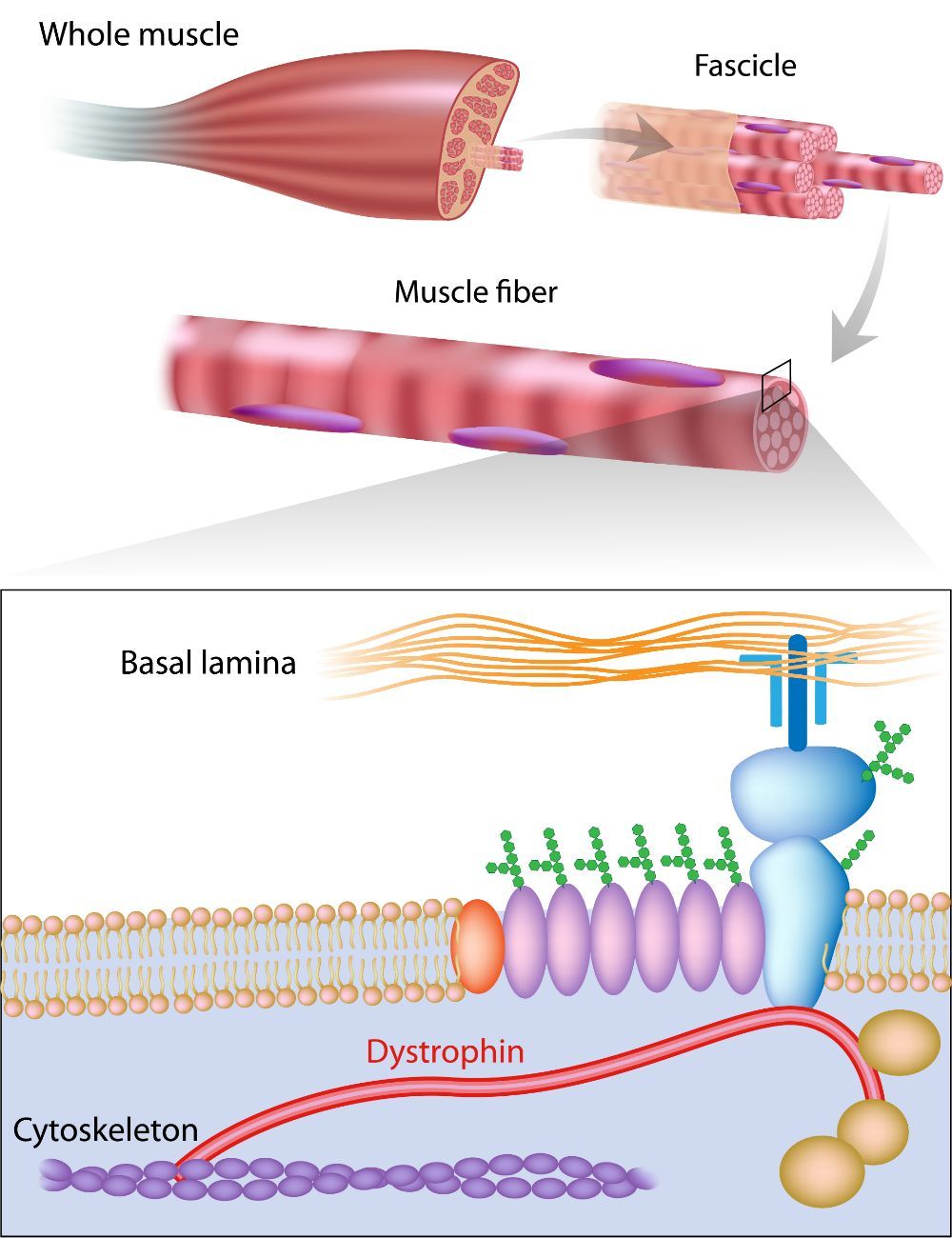Muscular dystrophy treatment using cell therapy

What is Muscular Dystrophy?
Muscular dystrophy (MD) is a group of muscle diseases that over time leads to the increasing weakening and destruction of skeletal muscles. Abnormal genes (mutations) interfere with the production of proteins necessary for the formation of healthy muscles.
Duchenne muscular dystrophy is the most common form of muscular dystrophy. Although girls may be carriers and are slightly affected, this disorder more common occurs in boys.
Symptoms and signs
First symptoms of DMD usually begin to appear in early childhood and include the following:
- Progressing muscle weakness in the hips, pelvis, and legs
- Clumsiness, frequent falls
- Unstable, waddling gait
- Tiptoeing
- Muscle pain and stiffness
- Large calf muscles
- Running and jumping troubles
- Difficulties to stand up and climbing stairs
How fetal stem cells can help?
Unique Cell Treatment Clinic specialists have achieved significant results in treatment of muscular dystrophy and other types of myopathy with fetal stem cells. In the processes of proliferation, differentiation and morphogenesis, transplanted stem cells produce pools of specialized cells the patient’s body needs, such as muscle, nerve, endothelial cells, etc. The pools of cells formed from genetically healthy cells and their descendants are capable of producing dystrophin - a protein that is able to penetrate the affected cells and inhibit the development of muscle necrosis.
Our long-term practice of treating patients with muscular dystrophy allows us to make the following conclusions:
-
Muscular dystrophy treatment by our methods with administration of fetal stem cells can completely stops or considerably slows down disease progression at any stage.
-
Fetal stem cell treatment of Duchenne muscular dystrophy and other forms of myopathy significantly improves the patient’s life quality and prolongs its expectancy. We have some cases where patients diagnosed with genetically confirmed DMD since childhood, had reached 29 years of age.
-
After our therapy, patients experience an increase in muscle strength, improving or developing of deep reflexes, normalized functioning of the internal organs, as well as improvement of mental and physical activities.
-
In order to avoid muscle atrophy, treatment should be continious. We usually recommend to undergo stem cell therapy courses at least once every 6-8 months (the frequency is set individually for each patient depending on the achieved results), especially in the period of intensive growth of the child.
-
The most positive results in treating of any type of muscular dystrophy are achieved in the early stages of diseases.
We help patients at different stages of the disease, at different ages, with varying degrees of muscle atrophy, and with varying grades of patient’s ability to move (bedridden, in a wheelchair, able to walk independently).
Duration of one course of treatment for muscular dystrophy at UCTClinic, as a rule, is 3 days including all necessary examinations and investigations.
Watch a video about our patient's experience in treatment of muscle dystrophy using stem cells at the Unique Cell Treatment Clinic.
